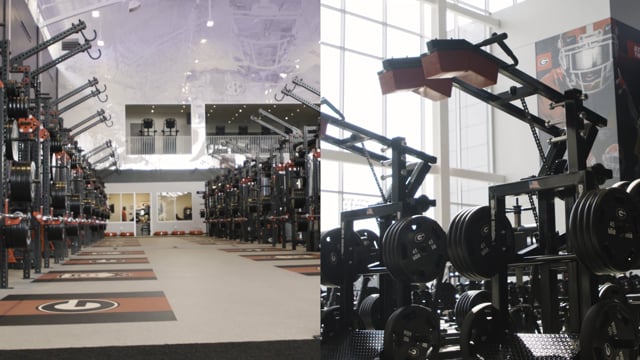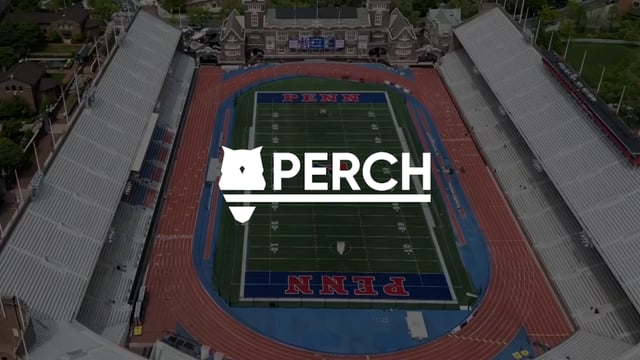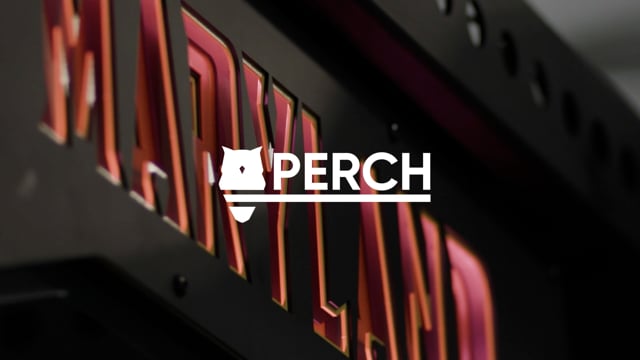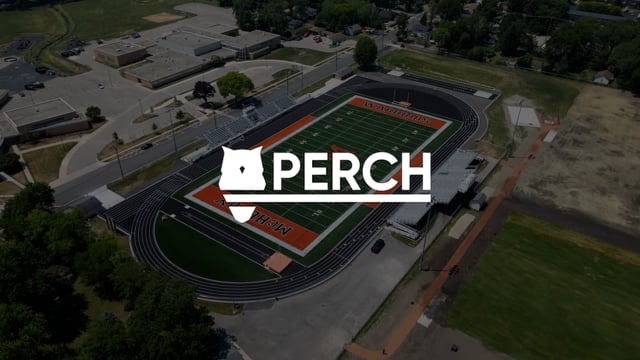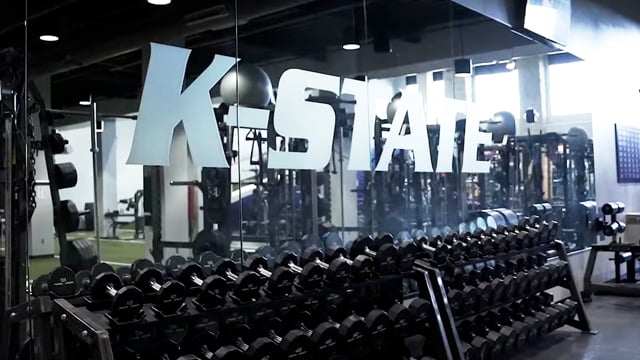Using Thresholds to Emphasize Power at Static Load
Learn from Coach Spencer Arnold about using velocity thresholds to emphasize power at static load with high school athletes to monitor progress and improve performance over the duration of a season.
See Summary
Enhancing Athletic Performance with Velocity-Based Training (VBT)
Presenter: Spencer Arnold, Strength & Conditioning Coordinator, Hebron Christian Academy
Introduction:
Spencer Arnold shared insights on optimizing strength and performance in athletes through velocity-based training (VBT). His strategy emphasizes static load programming while focusing on increasing bar speed and power output over time, using real-time data and athlete engagement.
What is Velocity-Based Training (VBT)?
VBT shifts the focus from load (weight) to barbell speed, helping coaches regulate and program workouts more effectively by tracking speed across different strength zones.
- Key Principles:
- Coaches remain central: VBT is a tool, not a replacement for a coach’s intuition or instruction.
- Consistency over time: Programming with static loads allows athletes to concentrate on improving bar speed rather than increasing weight weekly.
Program Overview at Hebron Christian Academy
Arnold explained how VBT was used to prepare athletes for both spring and playoff football seasons.
- Static Load with Weekly Speed Goals
- Athletes performed 3 sets of 2 reps at 85% of their 1-rep max across five weeks.
- Bar speed was tracked and reported weekly, motivating athletes to beat their previous speeds.
- Data-Driven Motivation
- Reports displayed previous week’s speeds, using colors (green for improvement, red for regression) to engage athletes.
- This method drove competitive intent and focus on bar speed without needing to increase the load.
- Power Peaking for Spring Practice
- After a prior sluggish performance during spring practice, Arnold modified the training program to peak for power and speed.
- This adjustment led to a faster, injury-free spring scrimmage.
Program Outcomes
- Increased Speed:
Across five weeks, athletes demonstrated an 18.1% increase in front squat bar speed, indicating greater power output. - Resilience and Injury Prevention:
Unlike the previous season, no athletes sustained injuries during spring practice after incorporating this power-focus strategy. - Playoff Success:
Hebron's football team reached the final four in state championships, supported by a similar VBT program during the playoffs.
Practical Lessons & Recommendations
- Start Simple:
- Begin with basic workouts to familiarize athletes with VBT technology.
- Gradually incorporate threshold targets for bar speed once athletes understand the system.
- Build a Speed-Driven Culture:
- Athletes need to value speed improvements as much as load increases for VBT to be effective.
- Anecdote: Athletes celebrated both their personal records and the speed at which they achieved them.
- Focus on Major Lifts:
- Squats and bench presses are ideal for VBT because they limit opportunities for athletes to alter technique to increase speed artificially.
- More complex movements (e.g., bent-over rows) may result in compensatory techniques that undermine the training goal.
- Data Integration:
- VBT data was used across multiple departments at Hebron, including statistics and anatomy classes, demonstrating interdisciplinary applications of the technology.
Cluster Sets for Playoff Training
To minimize fatigue during playoffs, Arnold introduced cluster sets (6 singles with 30-second rests). This approach:
- Maintained high power output while reducing unnecessary stress.
- Allowed athletes to sustain peak performance over several playoff rounds.
Common Questions and Insights
- Power Output Trends:
Power output mirrored speed improvements, demonstrating a direct correlation between faster bar speed and increased power. - Application Across Exercises:
While possible, Arnold advised caution with exercises like rows and pull-ups, as athletes may alter form to increase speed artificially. Focus on compound lifts to ensure accuracy.
Conclusion
VBT enhances athletic performance by providing objective feedback on speed and power. Hebron’s success illustrates the potential of static load training with a speed emphasis, supported by athlete buy-in and competitive engagement.
For further questions, reach out to Spencer Arnold or Perch Technology representatives.
Related Webinars

Start Gathering Data With Perch Today!
Reach out to us to speak with a representative and get started using Perch in your facility.

